Explore the Wonderful World of Wetlands: A Guide to Their Types
Ah, wetlands. The word alone might conjure images of squishy mud between your toes, unexpected splashes when you thought you were stepping on solid ground and the distant croak of frogs that seem to be having a far better time than you are. But let me tell you, there's more to wetlands than being nature's squishy carpet. These ecosystems are not just glorified spongy lands; they're the unsung heroes of the environment, teeming with life, acting as nature's kidneys, and occasionally tripping us with their deceptive puddles.
So, grab your wellies (or don't, if you're into that whole 'communing with nature' vibe), and let's wade through the wonderfully wet world of wetlands.

The Swamped Swamp Saga
First up on our tour are the swamps. Think of swamps as the moody teenagers of the wetland world. Dark, filled with gnarly trees (like the bald cypress and mangroves), and an air of mystery. They're freshwater wetlands with a slow-moving and often murky flow of water. Swamps are like the dive bars of the animal kingdom. They attract a diverse crowd, from birds and snakes to alligators and otters looking for a good time in the murky depths.
Mucking About in Marshes
Next, we have marshes. If swamps are the dive bars, marshes are the open-air markets of the ecosystem. They're bustling with life, from ducks paddling around to reeds and rushes swaying in the breeze like a slow dance at a nature prom. Marshes can be freshwater, brackish, or salty, showing their versatility. They're like the food courts of wetlands, offering a little something for every taste preference in the wildlife world.
Bogging Down in Bogs
Bogs are the introverts of the wetland family. They're acidic, peat-filled, and not exactly the life of the party. What they lack in flashy biodiversity, they make up for in sphagnum moss and a fascinating array of carnivorous plants. Bogs are like the studios of solitary artists, quietly working on their craft while the rest of the wetland world parties on. They're where you step in and immediately feel like whispering out of respect for the serene and slightly eerie atmosphere.
Fen-tastic Fens
Fens are bogs' less acidic cousins. They're fed by groundwater, making them more nutrient-rich and less of a plant-picky eater. Fens are the community gardens of the wetland types, where plants get a bit more variety in their diet and thus throw a slightly more diverse party. They're known for their wildflowers and are a perfect place for a tranquil walk, surrounded by nature's quiet beauty.

The Mangrove Mingle
And then there are the mangroves, the adventurers of the wetland world, dipping their roots into salty coastal waters. Mangroves are the beach bums, soaking up the sun and providing critical coastal protection against erosion and storms. Like nature's engineers, they build intricate root systems that act as nurseries for fish and crustaceans. If wetlands had a social networking event, mangroves would be the charismatic networkers, connecting land and sea.
Vernal Pools: Nature's Pop-Up Shops
Lastly, the vernal pools are the seasonal sensations of the wetland family. These are the pop-up shops of the wetland world, appearing in the spring with the rains and disappearing in the summer. They're exclusive, temporary havens for specialized species, throwing epic seasonal parties that you can only attend if you're in the know. They're like the Coachella of wetlands, minus the influencers and overpriced water bottles.
The Unsung Heroes
Wetlands do more than provide a home for diverse species and trip up the occasional unwary hiker. They're crucial for our environment, acting as natural water filters, flood protectors, and carbon storage champs. They're like the backstage crew of a concert, making sure everything runs smoothly even though they're not the ones in the spotlight.
A Call to Waders
So, next time you're squelching through a wetland, take a moment to appreciate the complex, vibrant, and utterly indispensable world beneath your feet. These ecosystems might not have the glamour of a tropical beach or the majesty of a mountain range. However, they are working hard to keep our planet healthy, vibrant, and a little bit squishy.
In the wonderfully wet world of wetlands, every splash, croak, and rustle is a reminder of these ecosystems' incredible diversity and vital importance. So, let's give it up for the wetlands: the waterlogged, mud-splattered, biodiversity-packed wonders of our natural world. Whether you're a swamp enthusiast, a marsh maven, a bog buff, a fen fanatic, a mangrove maniac, or a vernal pool party-goer, there's a wetland out there waiting to steal your heart (and possibly your boot). Just remember to watch your step; the best adventures often come with a bit of mud.

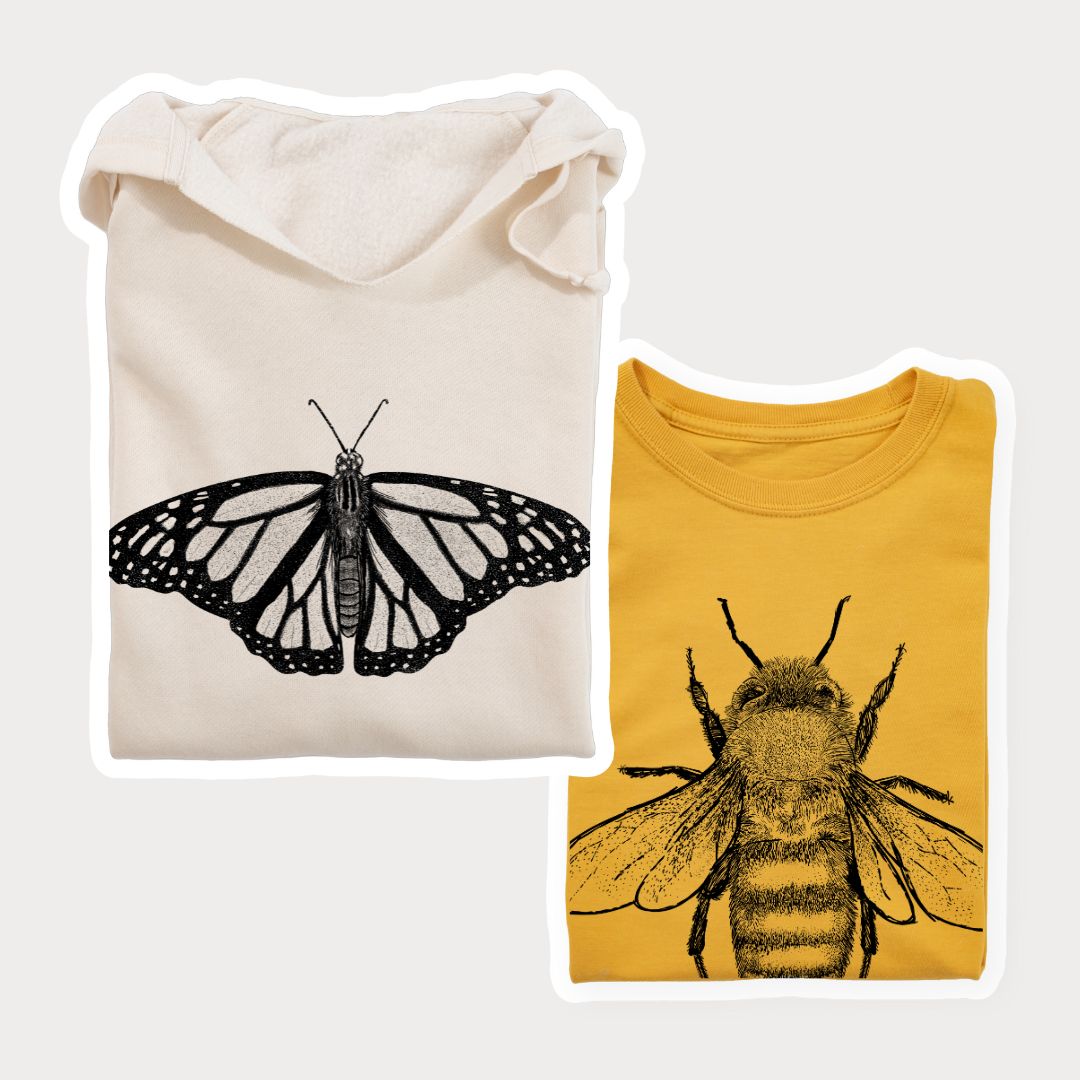
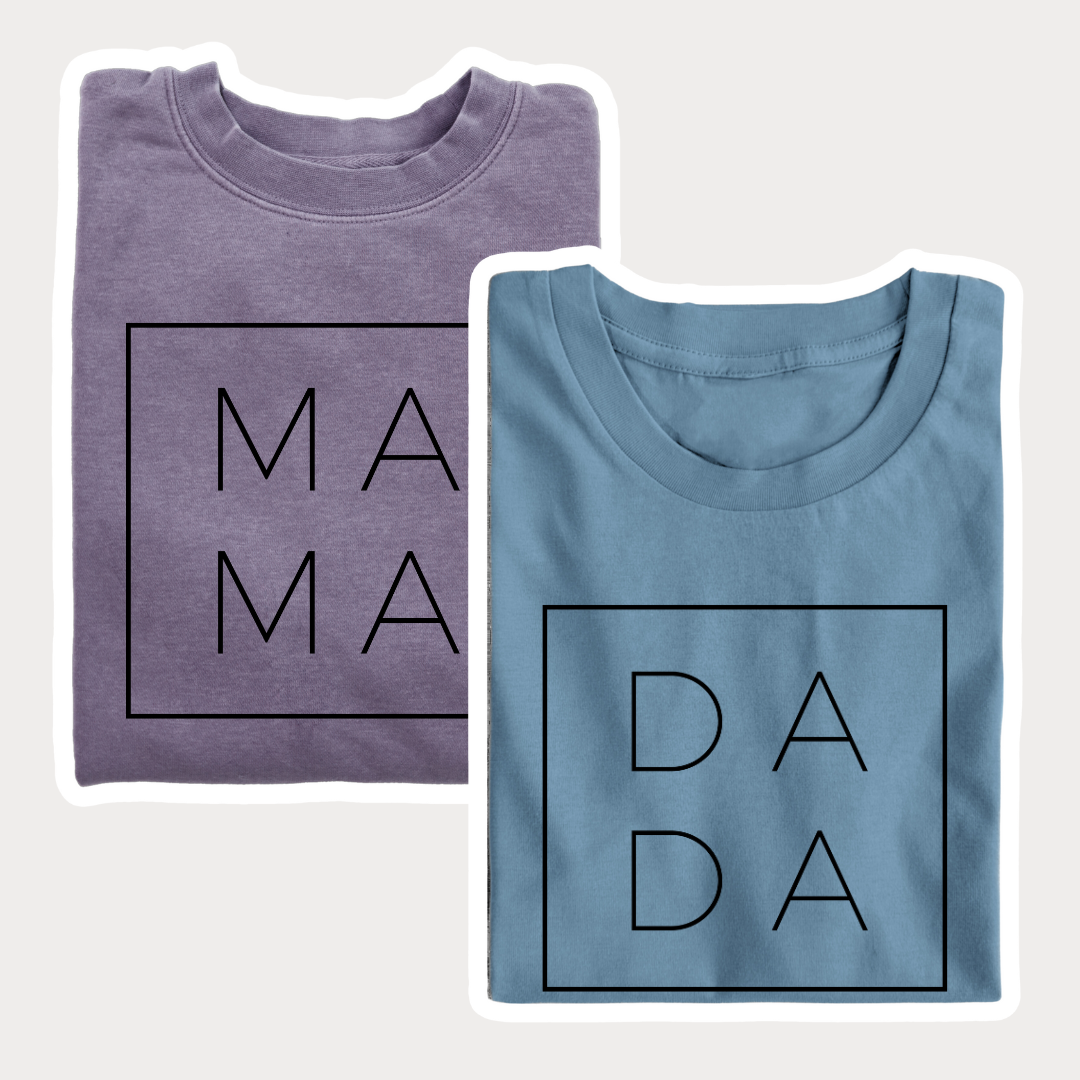


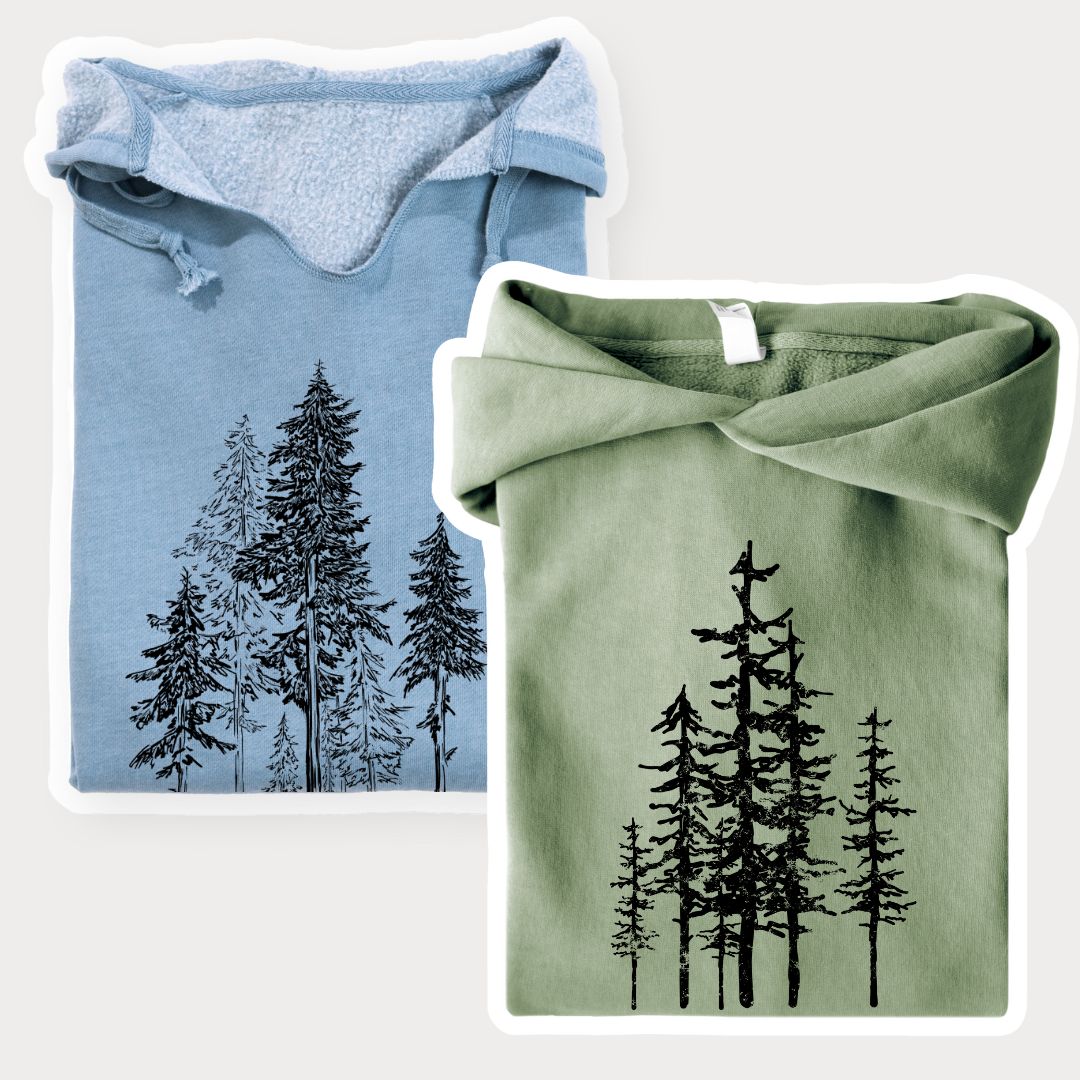
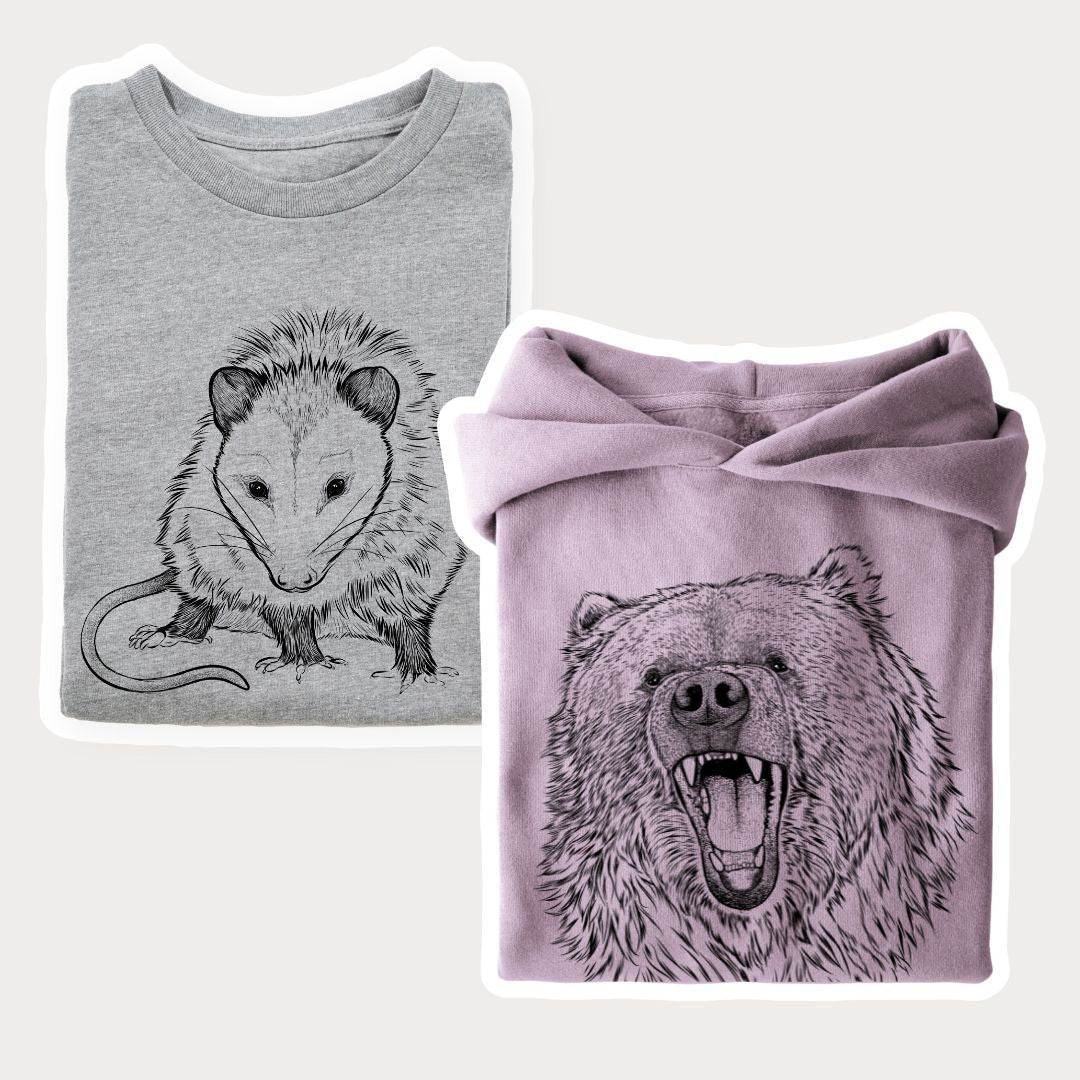



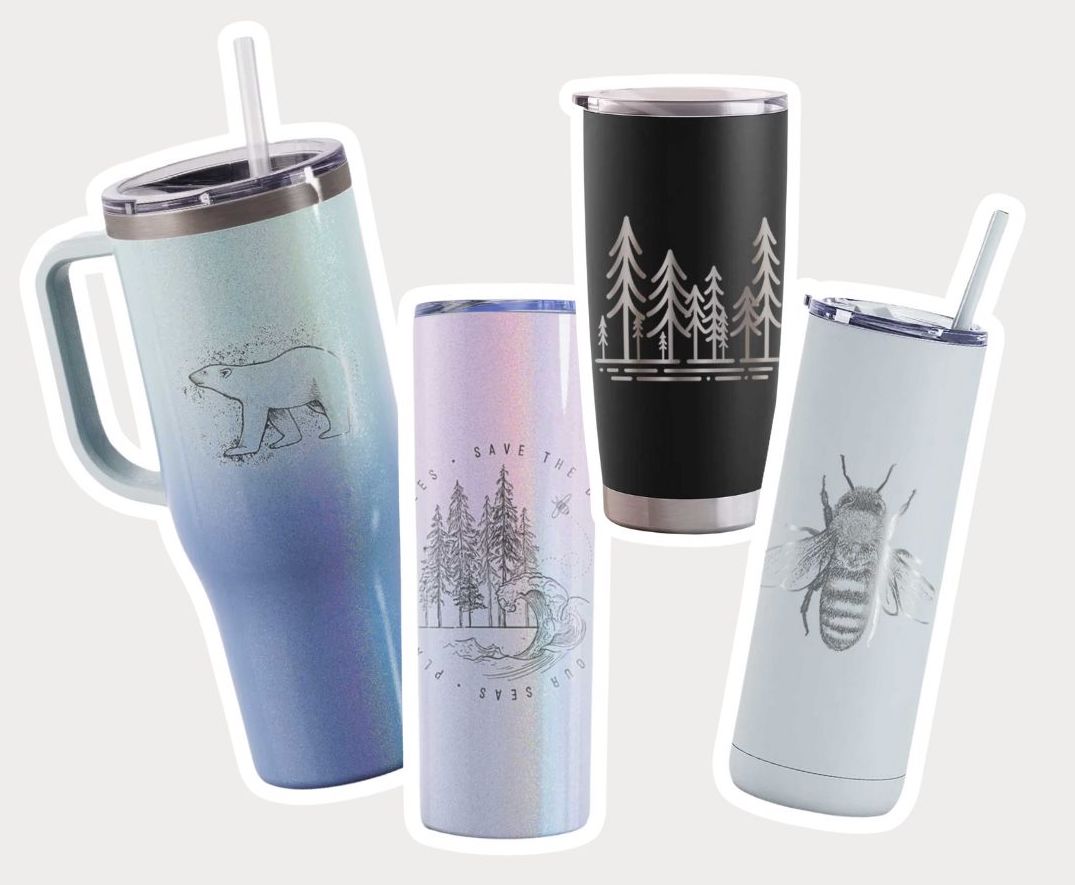





Leave a comment (all fields required)